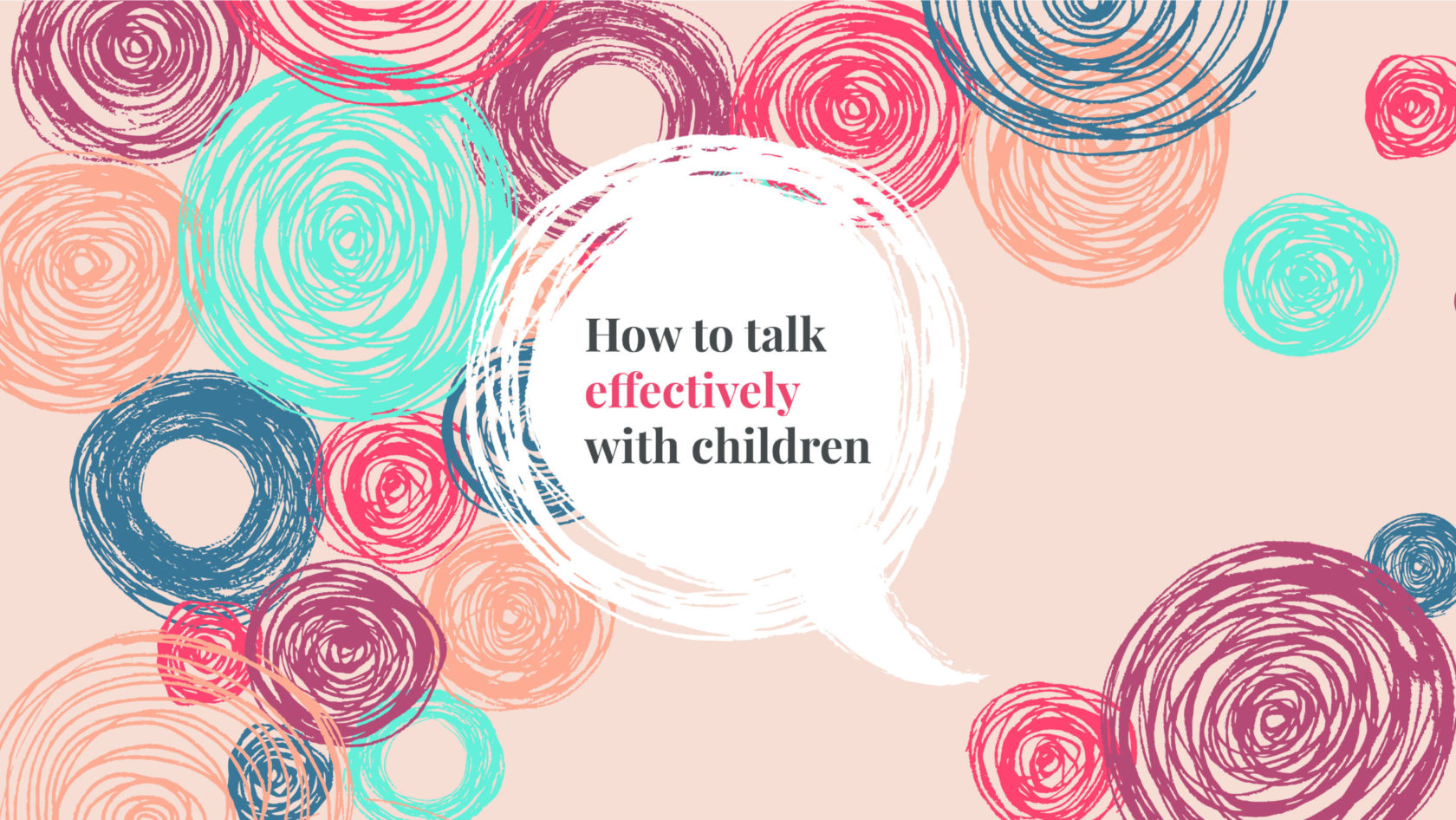Young children, especially children ages 3 to 5, do not understand the spoken word as well as we think they do! They have a large vocabulary of words and phrases, but the exact meanings are not always clear to them. In dealing with young children, how we say things and what we feel about what we say makes a big difference in how they react to us. They still respond to moods, movements and other clues first, and then they evaluate the actual spoken words in terms of their other perceptions.
Some of us learn this lesson the hard way. I know I did. Seven adorable little 3 year-olds look at you with a face of absolute helplessness when they realize you are telling them to do something they do not understand, and you can’t see what is keeping them from minding you.
Here are some helpful hints!
1. Avoid the phrase “Do you want to . . .?”
This question is hard for preschoolers. Many times you will find that they don’t really know what they want! It’s too easy for them to say “No!” just to be silly, so it’s best to avoid asking altogether. Instead, say, “We are going to . . .” or “It’s time to . . .” They need the security of knowing that the teacher is in charge and knows what to do next!
2. Avoid open-ended questions, such as “What dance shall we do?”
Occasional choices between two items are OK, such as, “Shall we do the doll dance or the turtle dance next?” Since there may be a difference of opinion, plan to do both. They simply choose which comes first. Sometimes, they will test you and may provide you with a third option. In that case, simply smile and ask the question again, communicating there are not three options, but two.
3. In pretending, avoid the suggestion to “be” something; such as, “let’s be elephants.”
Instead, suggest “Let’s pretend we are elephants” or “Let’s move like an elephant would move.” To young children, it matters, especially if you suggest to be something that could scare young ones, like bears, monsters, or snakes. Always label pretending for what it is.
There is an activity in the Level 2 Curriculum Book called “Big Jumps”. In this exercise, the children learn to use their whole bodies to move. Their jumps are to be as big as possible, so I use the example of pretending to be big scary monsters or bears. This is great fun for some of the dancers, but it may actually scare those children who are more sensitive, so be sure to clarify that “we are moving like monsters, but we aren’t really scary, are we?” Keep it lighthearted, and if they start to act scared, bring them back around by saying that “we look silly, don’t we?”
4. Avoid using conditional tenses, long phrases, and questions.
Questions are often seen by children as an invitation to say “no”! Speak in simple, declarative sentences. Tell them what they are going to do. The longer you talk, the harder time they have being able to process what you’re saying. The more choices you give, the less able they are to make one. Good, clear communication of expectations makes happier, more secure children.
Getting Their Attention is Important.
Get their attention before trying to teach them. Do or say some little thing that they don’t expect, or that stimulates their curiosity. Have them always return to and sit on their spots (in their places) when they finish an activity. Have a specific signal for attention.
Give directions simply and clearly. Use the child’s name, and one or two simple instructions, such as: “Jenna, come and sit by me.” Use your hands to clarify the meaning of your words when it is appropriate.
Finally, listen to the children once in awhile. Don’t overreact to what they say. Newer teachers sometimes have a hard time with this one. Children say some pretty interesting things sometimes, and sometimes they’re really funny! Be careful not to laugh too hard or even at all because sometimes they are sensitive to adults laughing at them and can end up very sad, angry and even cry. Laugh at them as you reflect on your classes on your way home, but not in front of the class, if you can help it.
Don’t accept inappropriate or discourteous language or ideas. Let them know what is correct, and that you expect correct behavior. If they are given a “turn” to talk to you, even a very short one, they are more willing to respect your turn. You are training them to be respectful and function well with others in society by speaking appropriately and clearly in your class.
Related Articles
- Expecting Good Behavior from Preschoolers
- Ignoring Wrong Behavior–Does it Work?
- 6 Classroom “Attention-Getters” to Watch Out For
- The Ultimate Survival Guide for Teaching Pre-Ballet
Like what you read? This article comes directly from the Level 2 Curriculum Book. Get yours today for more information like this plus class choreography, lesson plans, teaching helps and music.


Comments
No comments for this post.
Add Comment